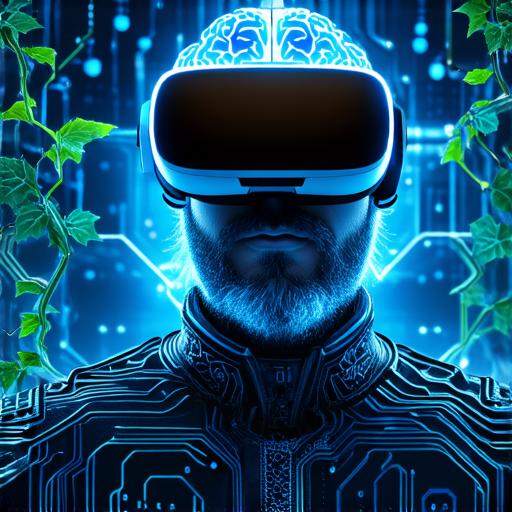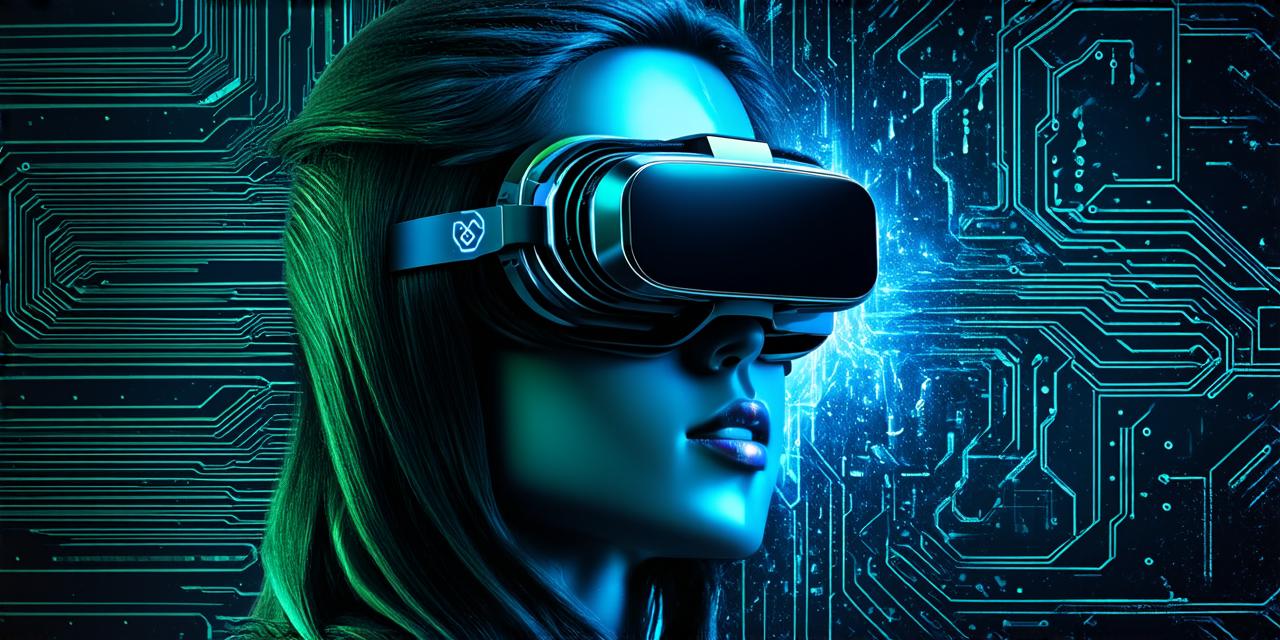What is Virtual Reality?
Virtual reality (VR) is a technology that allows users to experience a simulated environment in a headset or other device. It creates an immersive experience by tracking the user’s movements and adjusting the virtual environment accordingly. The aim of VR is to create a sense of presence in the virtual world, making it as realistic as possible.
Applications of Virtual Reality
Virtual reality has found applications in various industries such as healthcare, education, and training. In healthcare, VR is being used for pain management, exposure therapy, and surgical training. It can also be used for rehabilitation by simulating real-world scenarios that require the patient to perform specific movements or tasks.
In education, VR is being used to create virtual field trips, where students can explore historical sites, cultural landmarks, and scientific phenomena without leaving the classroom. VR can also be used for language learning by creating immersive simulations of different cultures and countries.
In training, VR is being used to simulate real-world scenarios that require complex decision-making and problem-solving skills. For example, pilots can practice flying in virtual environments, while doctors can practice surgical procedures without risking patient safety.
What is Artificial Intelligence?
Artificial intelligence (AI) is a branch of computer science that focuses on creating machines capable of performing tasks that typically require human intelligence. AI can be classified into three categories: narrow or weak AI, general or strong AI, and superintelligent AI.
Applications of Artificial Intelligence
Artificial intelligence has found applications in various industries such as healthcare, finance, and transportation. In healthcare, AI is being used for diagnosis, drug discovery, and personalized medicine. It can also be used for patient monitoring by analyzing data from wearable devices.
In finance, AI is being used for fraud detection, risk management, and investment strategies. It can also be used for customer service by providing automated chatbots and voice assistants.
In transportation, AI is being used for autonomous vehicles, traffic management, and logistics. It can also be used for predictive maintenance by analyzing data from sensors and predicting potential failures.
The Relationship between Virtual Reality and Artificial Intelligence
Virtual reality (VR) and artificial intelligence (AI) have a symbiotic relationship that can enhance each other’s capabilities. AI can be used to create more realistic virtual environments, while VR can be used to train AI models by providing immersive simulations of real-world scenarios.
Case Study: Virtual Reality in the Military
The military has been an early adopter of virtual reality technology. VR is being used for training soldiers in various scenarios such as combat, emergency response, and logistics. For example, the US Army uses VR to train soldiers on how to handle improvised explosive devices (IEDs) and other explosives in war zones.
The military also uses VR for simulations of battlefield scenarios, allowing soldiers to practice their skills in a safe environment. This can help improve mission readiness and reduce the risk of casualties.
AI can also be used in the military for intelligence gathering and analysis. AI-powered drones can fly over enemy territories and collect data on enemy positions and movements. This data can then be analyzed by AI algorithms to provide real-time intelligence to the military commanders.
The Future of Virtual Reality and Artificial Intelligence
Virtual reality (VR) and artificial intelligence (AI) are two rapidly evolving technologies that have enormous potential for the future. As VR technology continues to advance, we can expect to see more immersive experiences in various industries such as entertainment, education, and healthcare.
Similarly, AI will continue to play an important role in various industries, from healthcare and finance to transportation and logistics. We can also expect to see the convergence of VR and AI, leading to more realistic simulations and enhanced decision-making capabilities.
FAQs
1. What is virtual reality?
Virtual reality (VR) is a technology that allows users to experience a simulated environment in a headset or other device.
2. What are the applications of virtual reality?

Virtual reality has found applications in various industries such as healthcare, education, and training.
3. What is artificial intelligence?
Artificial intelligence (AI) is a branch of computer science that focuses on creating machines capable of performing tasks that typically require human intelligence.
4. What are the applications of artificial intelligence?
Artificial intelligence has found applications in various industries such as healthcare, finance, and transportation.
5. How do virtual reality and artificial intelligence relate to each other?
Virtual reality (VR) and artificial intelligence (AI) have a symbiotic relationship that can enhance each other’s capabilities. AI can be used to create more realistic virtual environments, while VR can be used to train AI models by providing immersive simulations of real-world scenarios.
